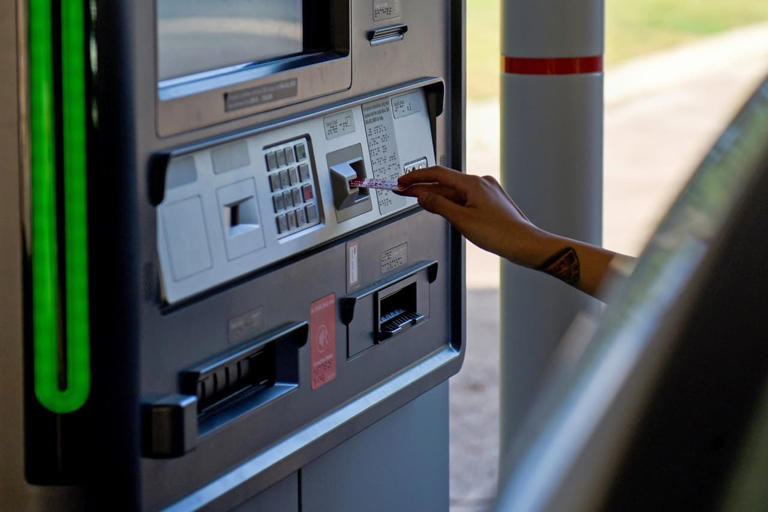The recent announcements by major U.S. banks regarding their increased payouts to investors underscore a pivotal moment following their successful navigation through the rigorous Federal Reserve stress tests. These tests, conducted annually, serve as a critical assessment of banks’ resilience to severe economic downturns, ensuring they maintain robust capital reserves to withstand adverse scenarios.
In response to the stress test results, which affirmed their strong capital positions, leading banks such as JPMorgan Chase, Citigroup, Bank of America, Wells Fargo, Goldman Sachs, and Morgan Stanley have unveiled comprehensive plans to enhance shareholder returns. JPMorgan Chase, for instance, has demonstrated its confidence by raising its dividend from $1.15 to $1.25 per share and initiating a substantial $30 billion share repurchase program effective July 1. This strategic move allows the bank flexibility in managing its capital and returning excess funds to shareholders, bolstering investor confidence in its financial stability.
Similarly, Citigroup has increased its dividend to 56 cents per share from 53 cents, while maintaining a prudent approach to assessing future share repurchases on a quarter-by-quarter basis. Bank of America and Wells Fargo have also announced dividend increases, with Bank of America raising its dividend to 26 cents per share from 24 cents, and Wells Fargo increasing its dividend to 40 cents per share from 35 cents. Wells Fargo additionally noted its capacity for stock repurchases throughout the upcoming fiscal year, indicating a proactive stance in capital management.
Goldman Sachs has positioned itself strongly by raising its dividend to $3.00 per share from $2.75, effective July 1, further solidifying its commitment to delivering value to shareholders. Meanwhile, Morgan Stanley has enhanced its stock dividend to 92.5 cents per share from 85 cents and launched an ambitious $20 billion share buyback program, starting in the third quarter with no specified end date. These initiatives not only reflect the banks’ confidence in their financial health but also underscore their proactive approach to capital deployment amid evolving market conditions.
The Federal Reserve’s assessment highlighted that while the largest U.S. banks have demonstrated resilience in the face of severe economic stress, certain risks persist, including the growth in credit card balances and elevated operating expenses. The stress test outcomes reaffirmed the banks’ robust capital foundations, enabling them to proceed with shareholder-friendly initiatives confidently.
For investors and financial markets, these capital plans serve as a barometer of banks’ financial health and their ability to navigate future uncertainties. By strategically deploying capital through dividends and share buybacks, banks aim to optimize shareholder value while maintaining sufficient buffers to mitigate potential risks. Thus, the annual stress tests and subsequent capital deployment strategies play a crucial role in shaping investor expectations and influencing market dynamics within the banking sector.
